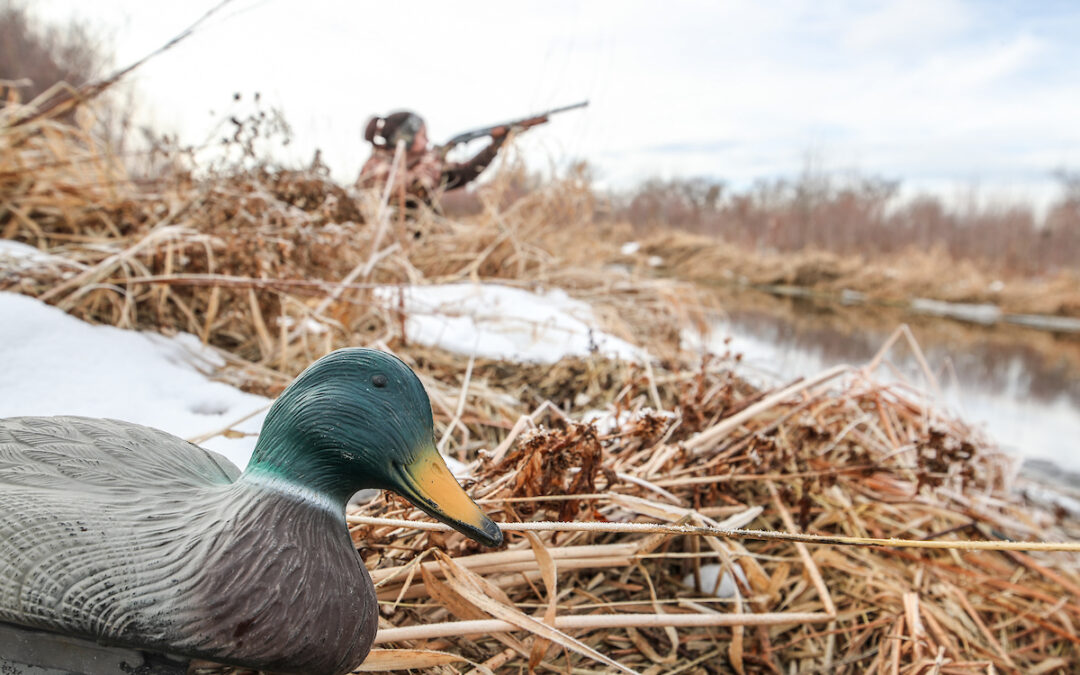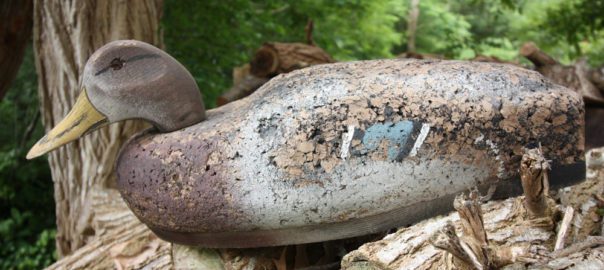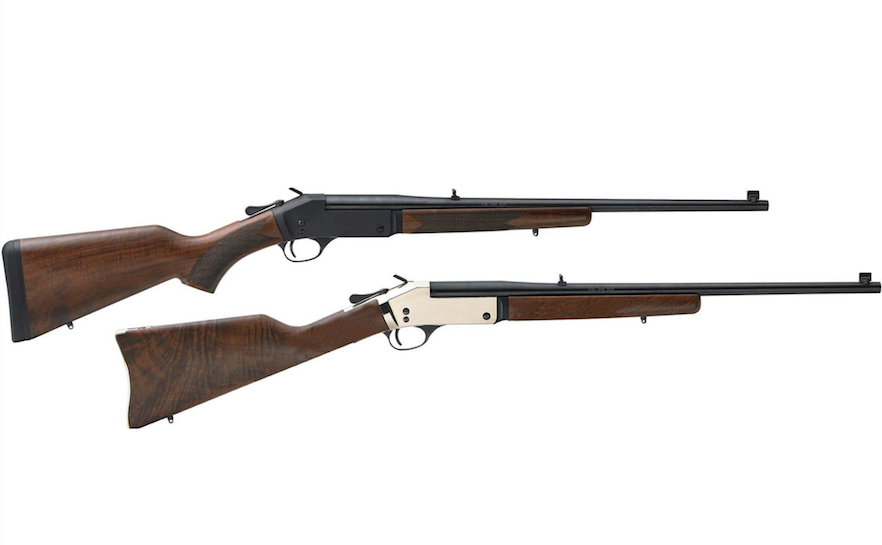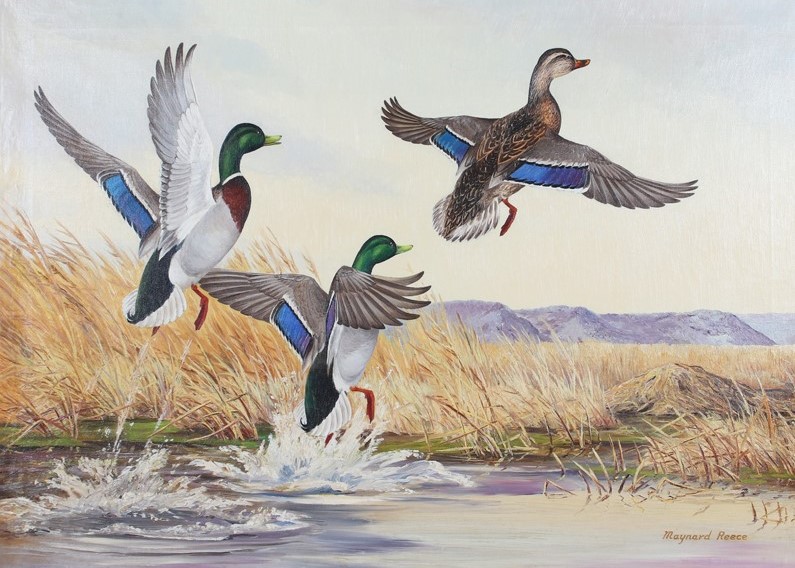With waterfowl hunting season in full swing, Colorado Parks and Wildlife is urging hunters to always handle guns safely and be careful in all situations.
Waterfowl hunters who use watercraft must be especially careful. The tragic drowning of a young hunter in November served as an unfortunate reminder to be extra cautious on the water. Hunters using boats should always wear a personal floatation device and pay close attention to the weather. Winds in Colorado, powerful enough to capsize a boat, can come up at any time. Waterfowl hunters are always dressed for the cold; so getting knocked into the water makes swimming extremely difficult and hypothermia can set in within a few minutes. Without a PFD, getting back to shore could be impossible.
“Water temperatures are very cold during waterfowl season, making cold-water immersion a serious concern,” said Travis Long, hunter education coordinator for CPW. “We strongly recommend wearing your life jacket whenever you’re on the water, especially when out on paddle craft like canoes and kayaks. Life jackets and an emergency whistle are required on every vessel.”
Besides being careful in a boat, hunters must always practice basic firearm safety skills: keep the safety on and your finger off the trigger until you’re ready to shoot, load and unload your gun well away from others, never point the muzzle of a gun in the direction of another person, be aware of the locations of your hunting partners and always be sure of your target before pulling the trigger.
“Hunters must always review and focus on firearms safety,” Long said. “Remember, one moment of carelessness with a firearm can have a lifetime of consequences.”
The waterfowl seasons continue through mid-February.
Waterfowl hunters are also reminded that motorized craft, including those powered by small electric motors, are not allowed on most lakes or reservoirs because Aquatic Nuisance Species inspections have ended for this year.
Surprisingly, because of the sunny days, recreational paddlers are still going out on lakes and reservoirs. The cold weather and cold water present major hazards for those using any paddle-craft. Regular boaters in most locations have stopped going on the water and there are, essentially, no safety patrols occurring. Anyone who falls in the water is unlikely to be seen or rescued. All paddlers must be constantly aware of weather conditions and wearing of PFDs is mandatory.
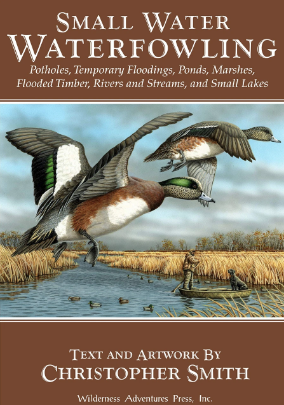 When it comes to actually shooting ducks and geese over water, the action is on the small places – the inland lakes, the ponds and potholes, the floodings and creeks and backwaters. Day in and day out, that’s where the ducks are, and that’s where Chris Smith takes you.
When it comes to actually shooting ducks and geese over water, the action is on the small places – the inland lakes, the ponds and potholes, the floodings and creeks and backwaters. Day in and day out, that’s where the ducks are, and that’s where Chris Smith takes you.
However, each of these places requires a separate technique, alternate decoys spreads and calling concepts, and different gear to use. He tells you how to approach each type of hunting for the weather and conditions. He knows when and when not to call. He describes the skills a good waterfowl dog needs to know for each place, things he’s taught his succession of Labrador retrievers over the years. In all, this is one of the finest treatises on waterfowling to come out in years—because small water means big sport. Buy Now

